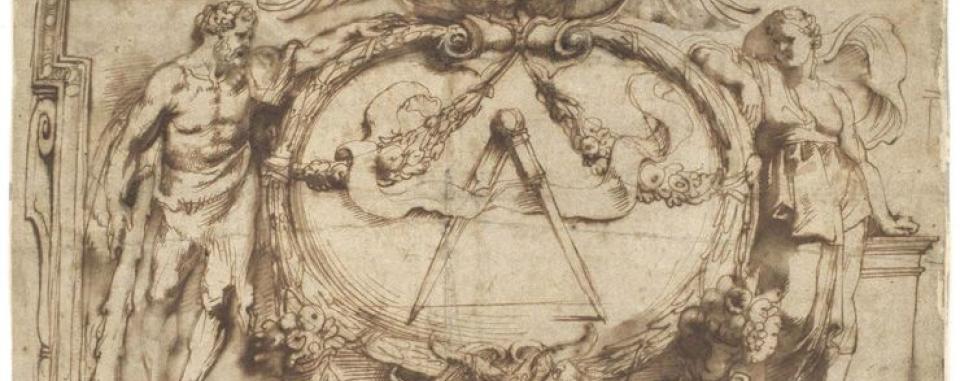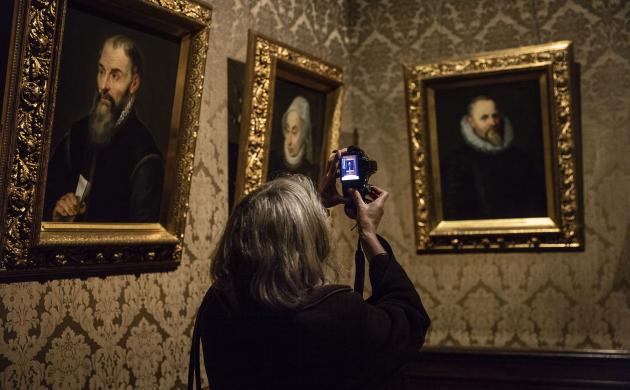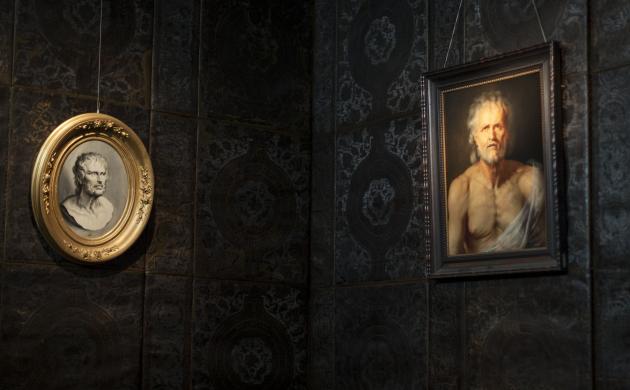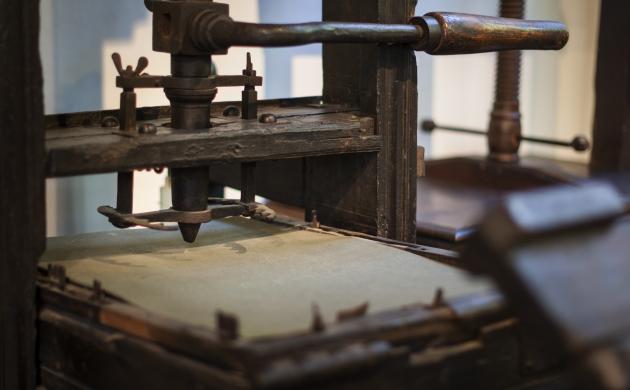Close collaboration
As from 1608, Rubens worked closely with the Officina Plantiniana, the printing business of Plantin and the Moretus family. At that time, it was run by Balthasar I Moretus, a childhood friend of the baroque painter. Among other items, Rubens designed 24 title pages and also produced illustrations for several books. This drawing was part of the title page for the collected works of the great humanist and friend of the family, Justus Lipsius.
Hercules and Constantia
We see here a design by Rubens for the printer’s mark of the house. The central symbol is the compass. Why a compass? The compass has one fixed, ‘constant’ arm and one ‘working’ arm. A perfect symbol for the business motto Labore et Constantia ('Through work and constancy'). On the left, the Greek hero Hercules symbolises work, while on the right we see Constantia, constancy. Such learned imagery is typical of the kind of baroque book that Balthasar and Rubens created. Once the design was approved, it was turned into a print-ready copper engraving.
Presentation books
Rubens was paid for his work, but was also given presentation books. Partly in this way, he was able to build up his magnificent library.




